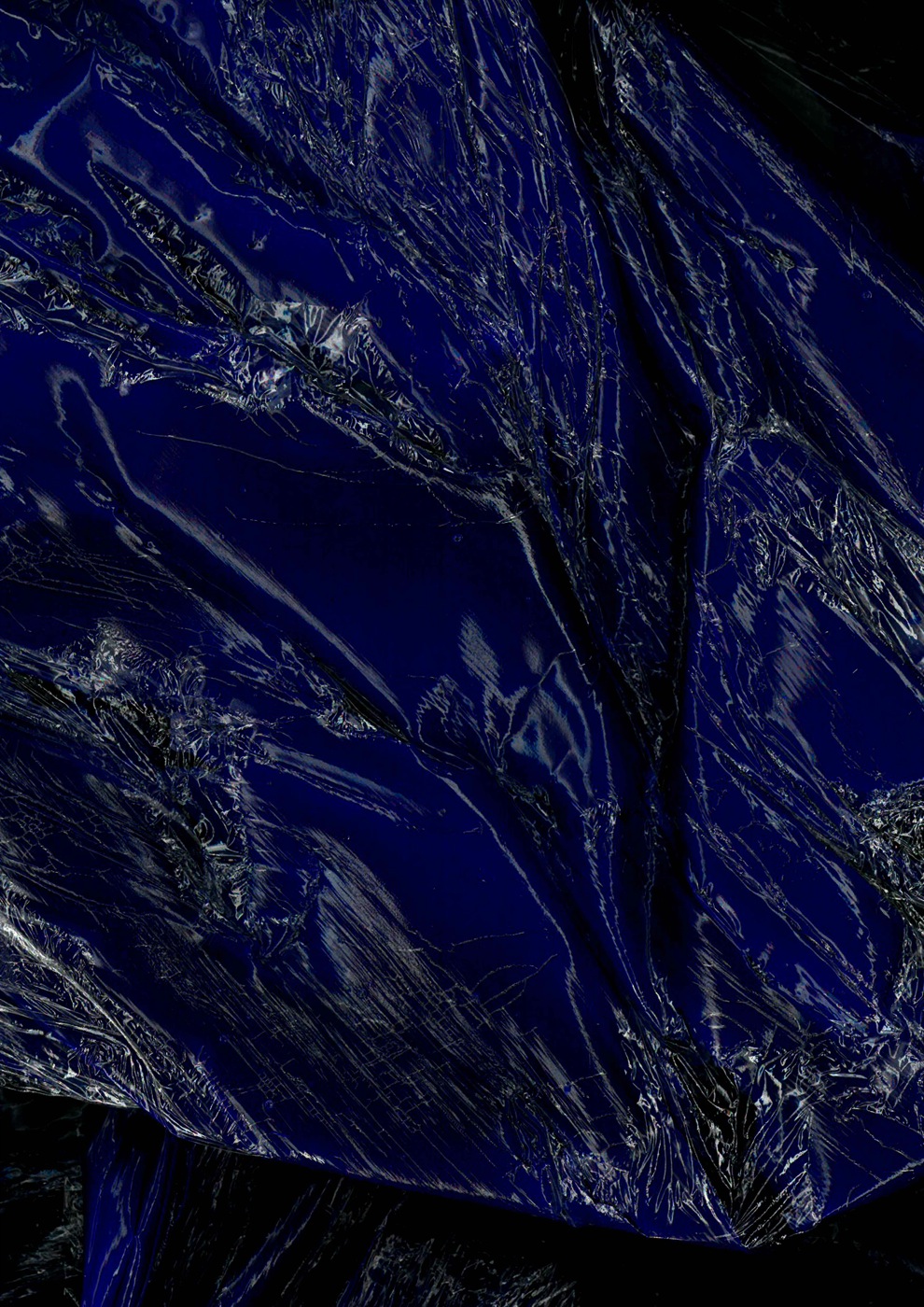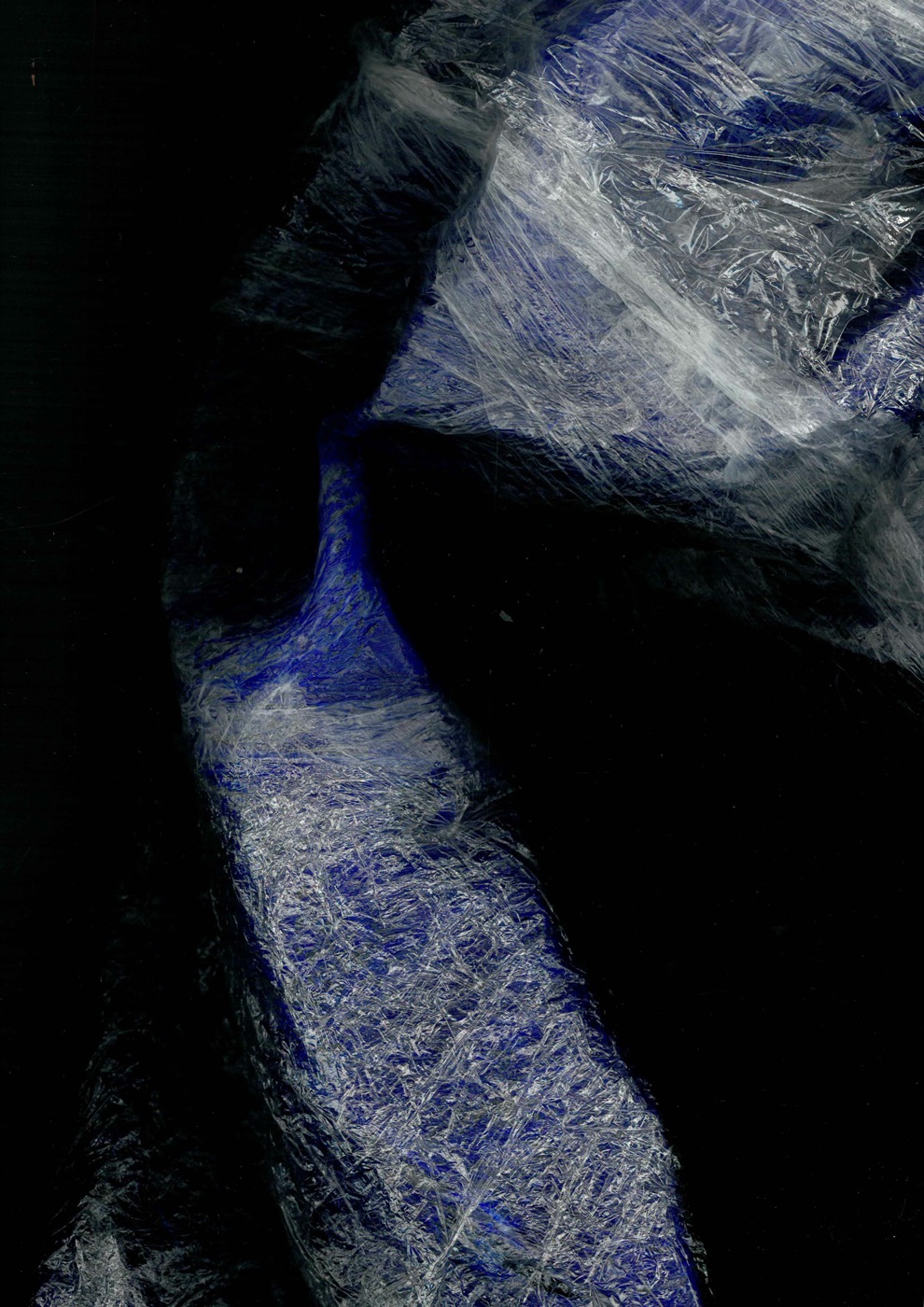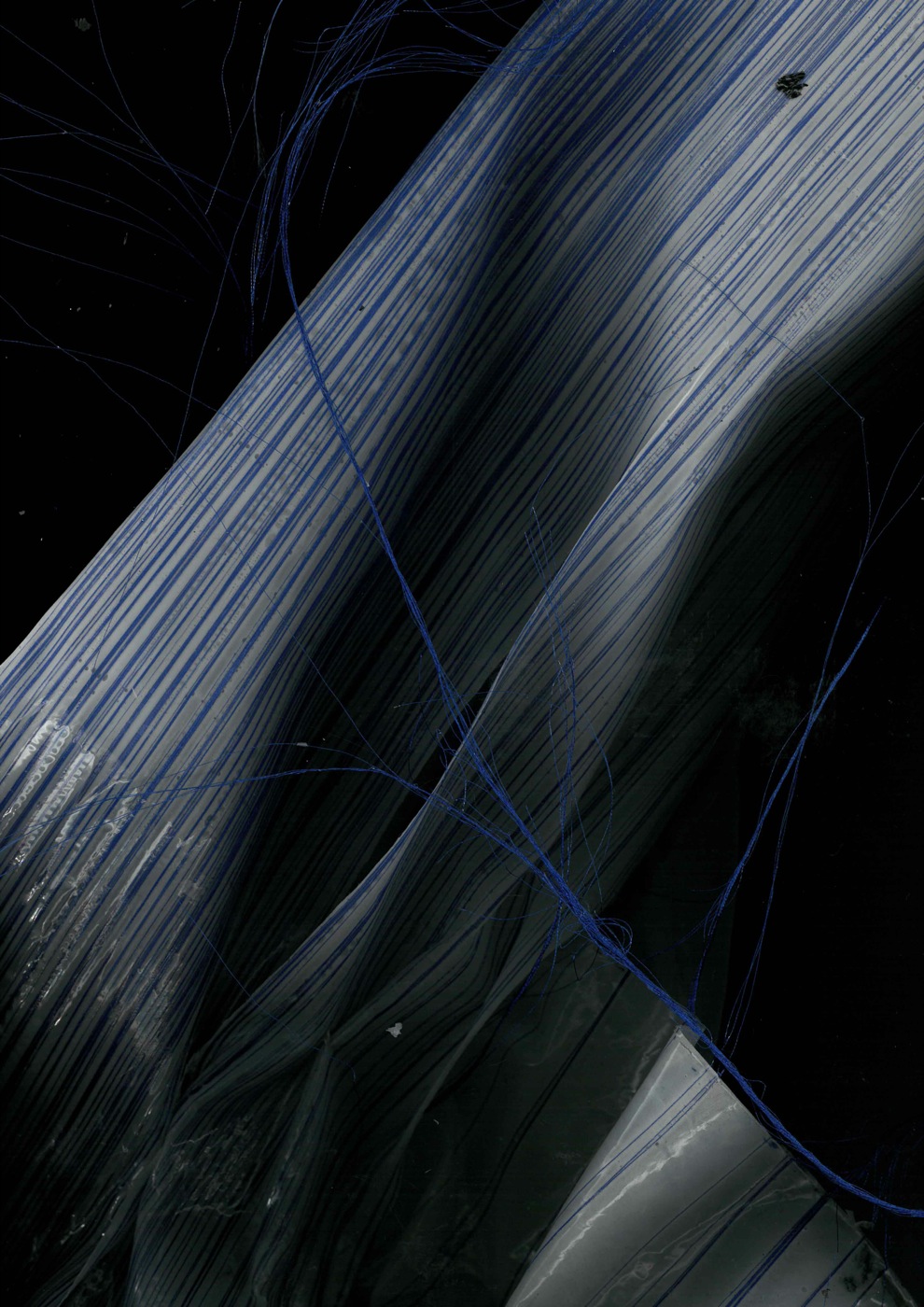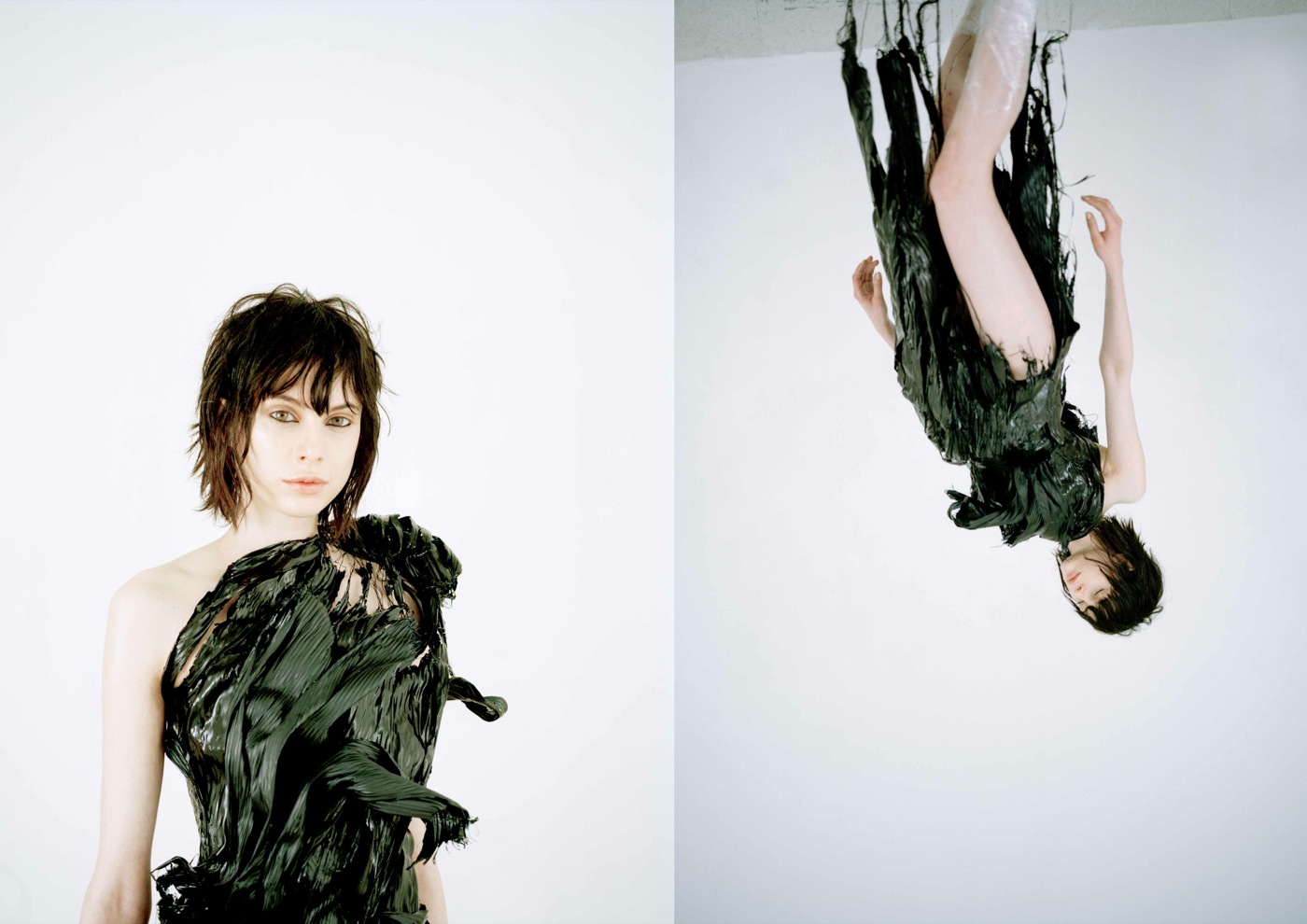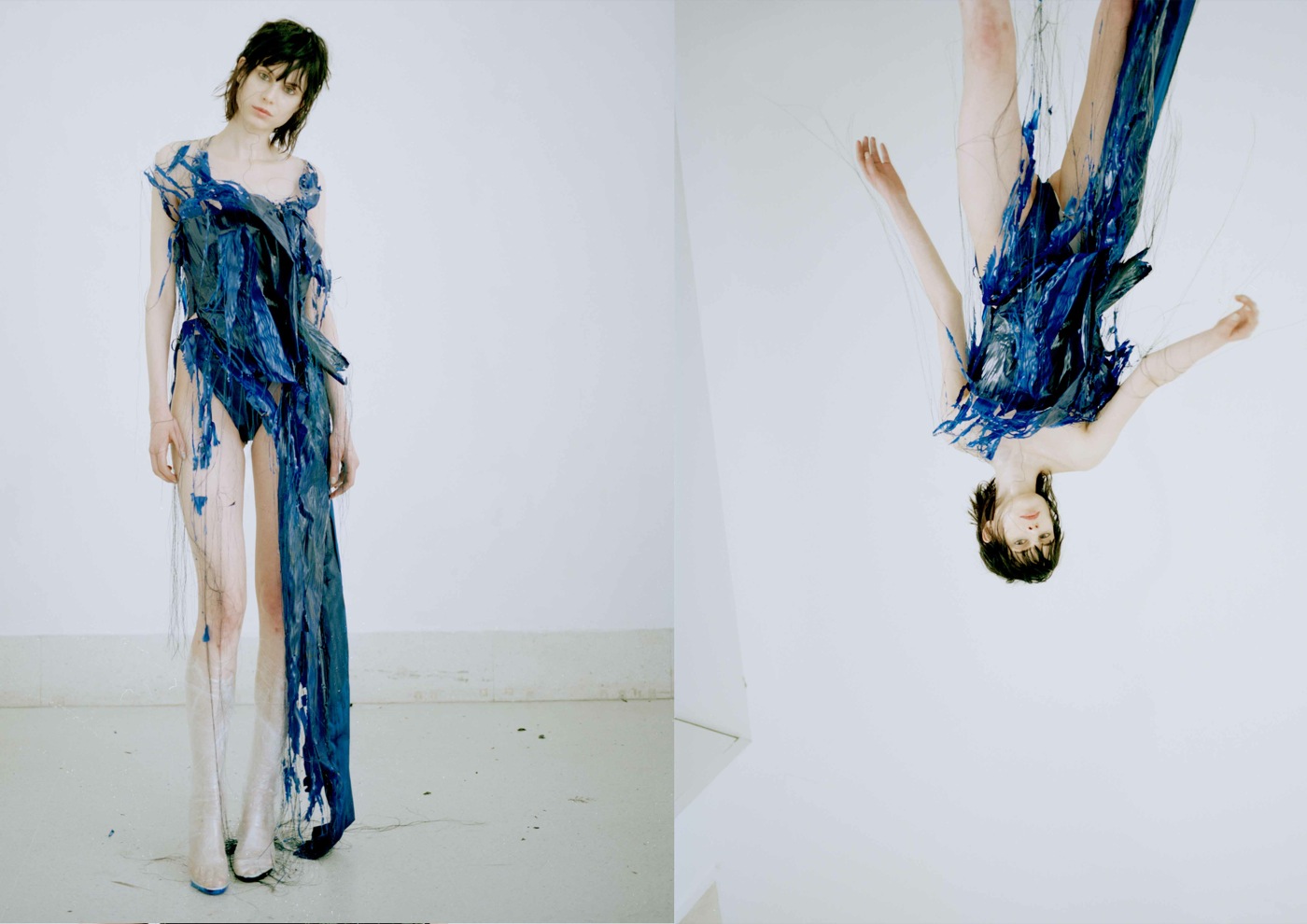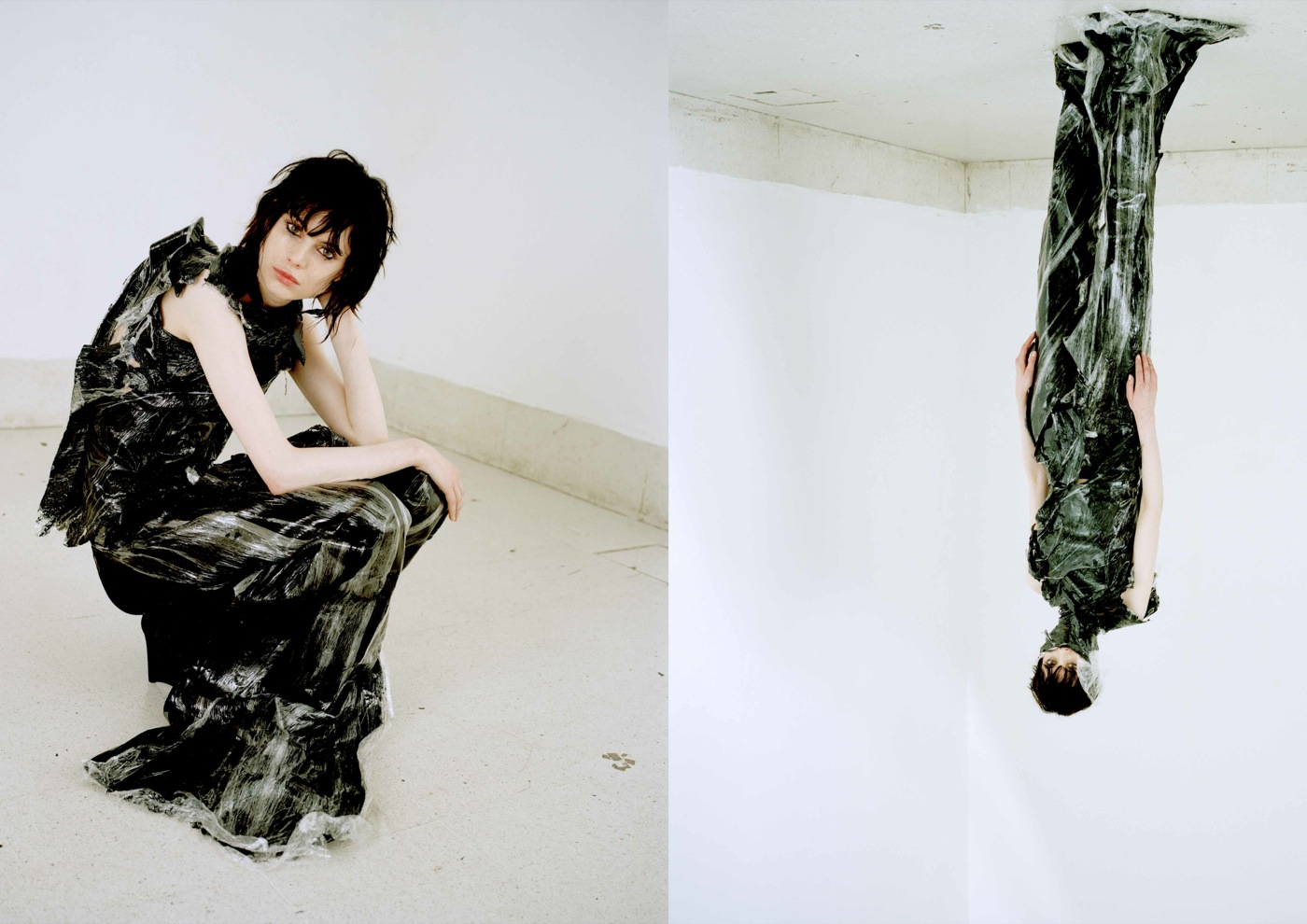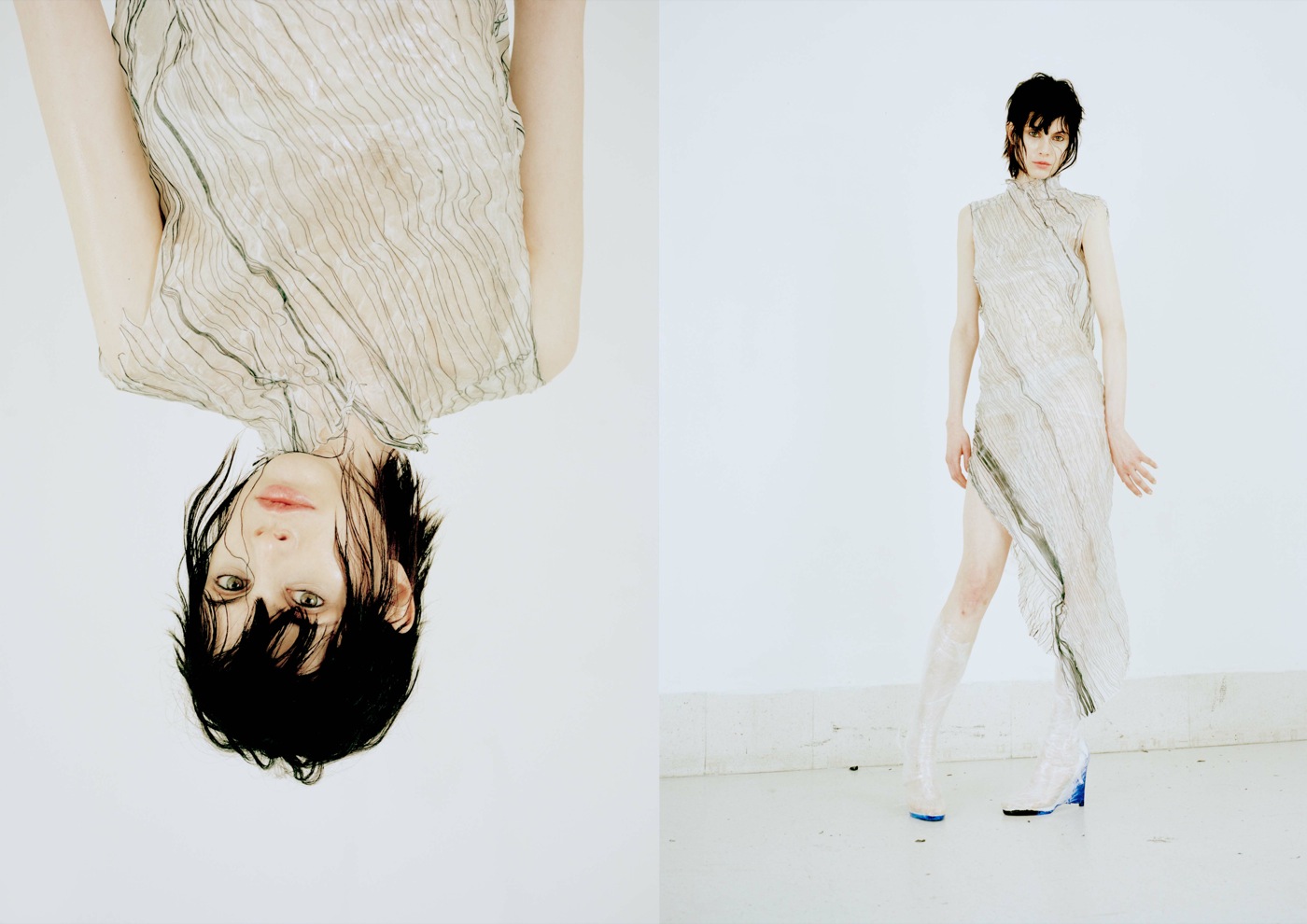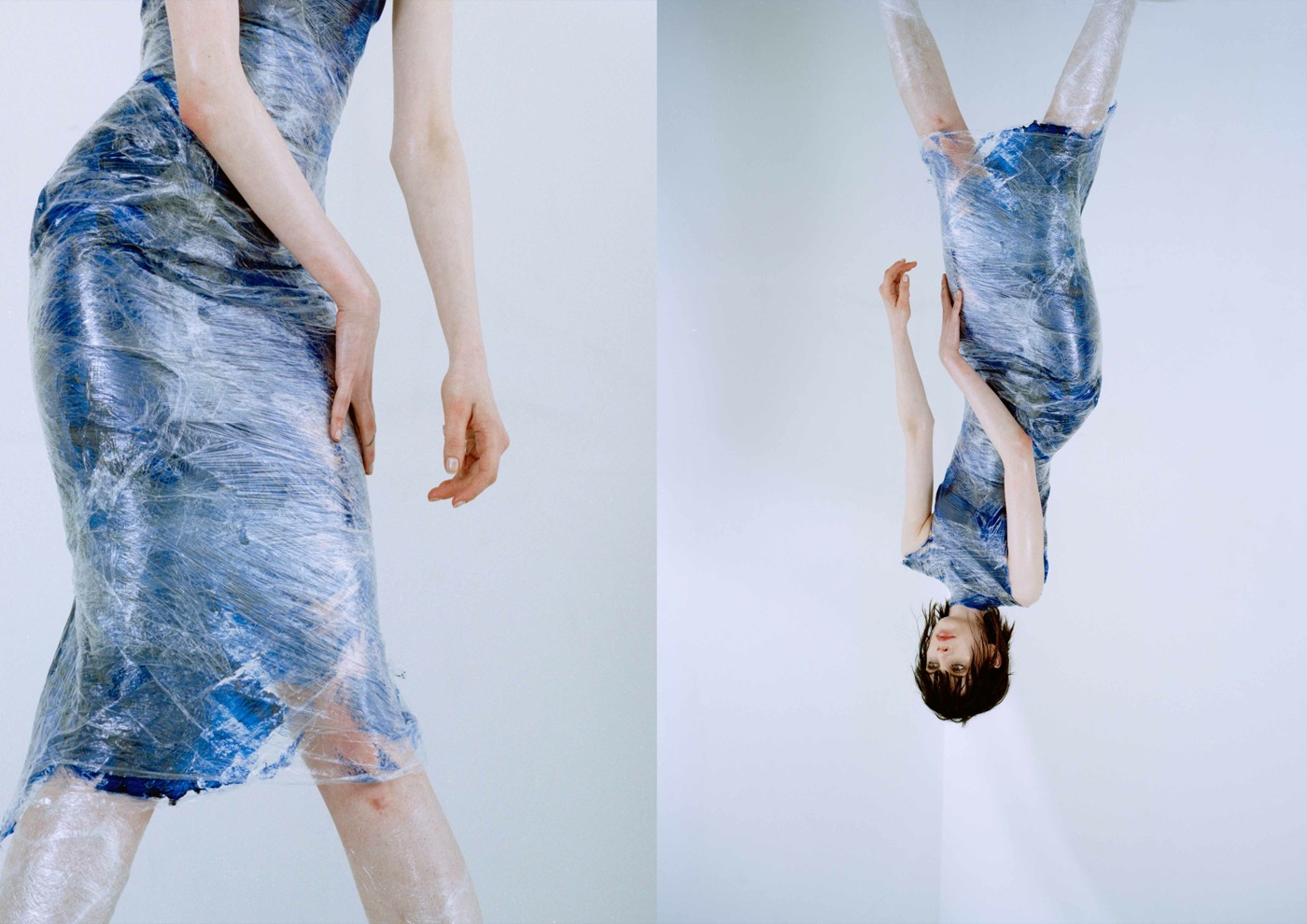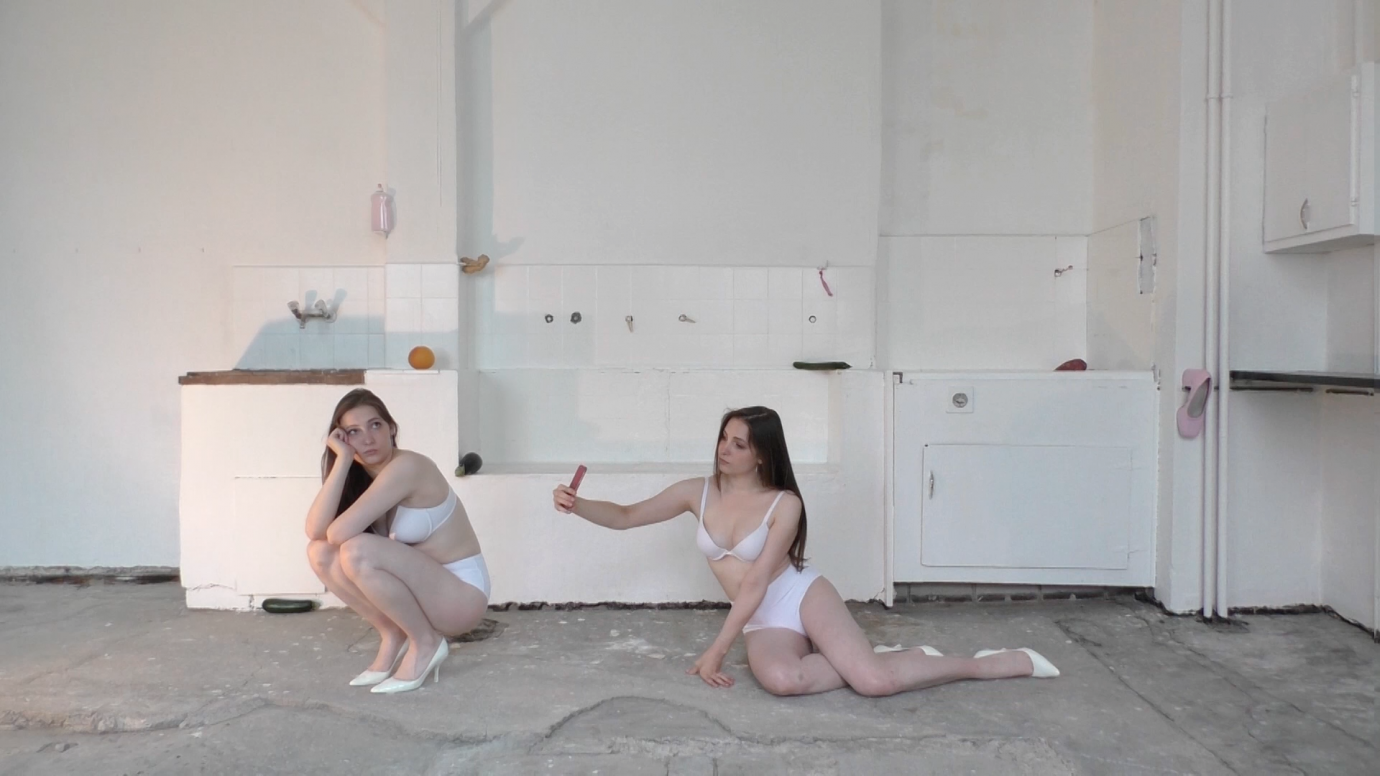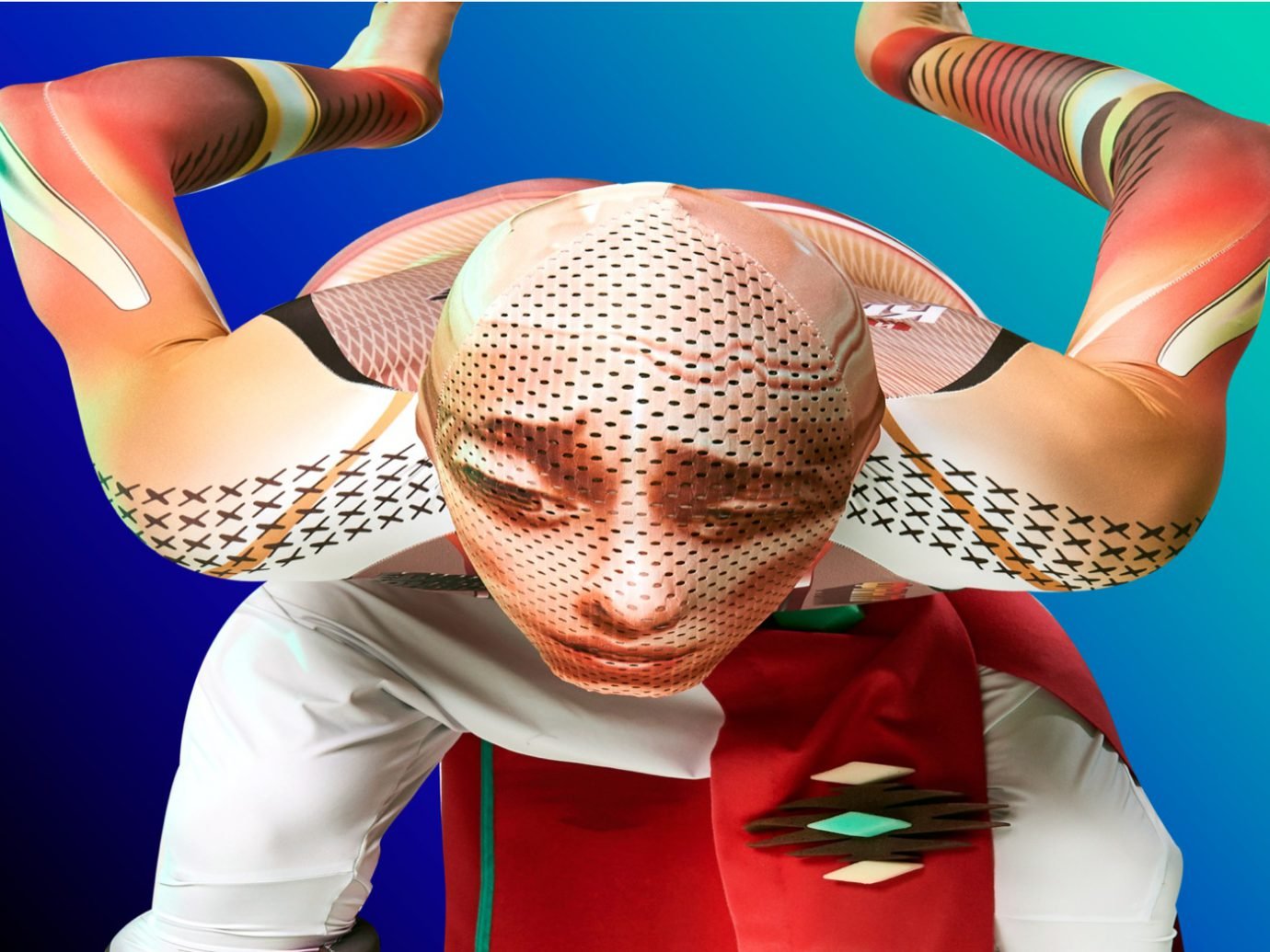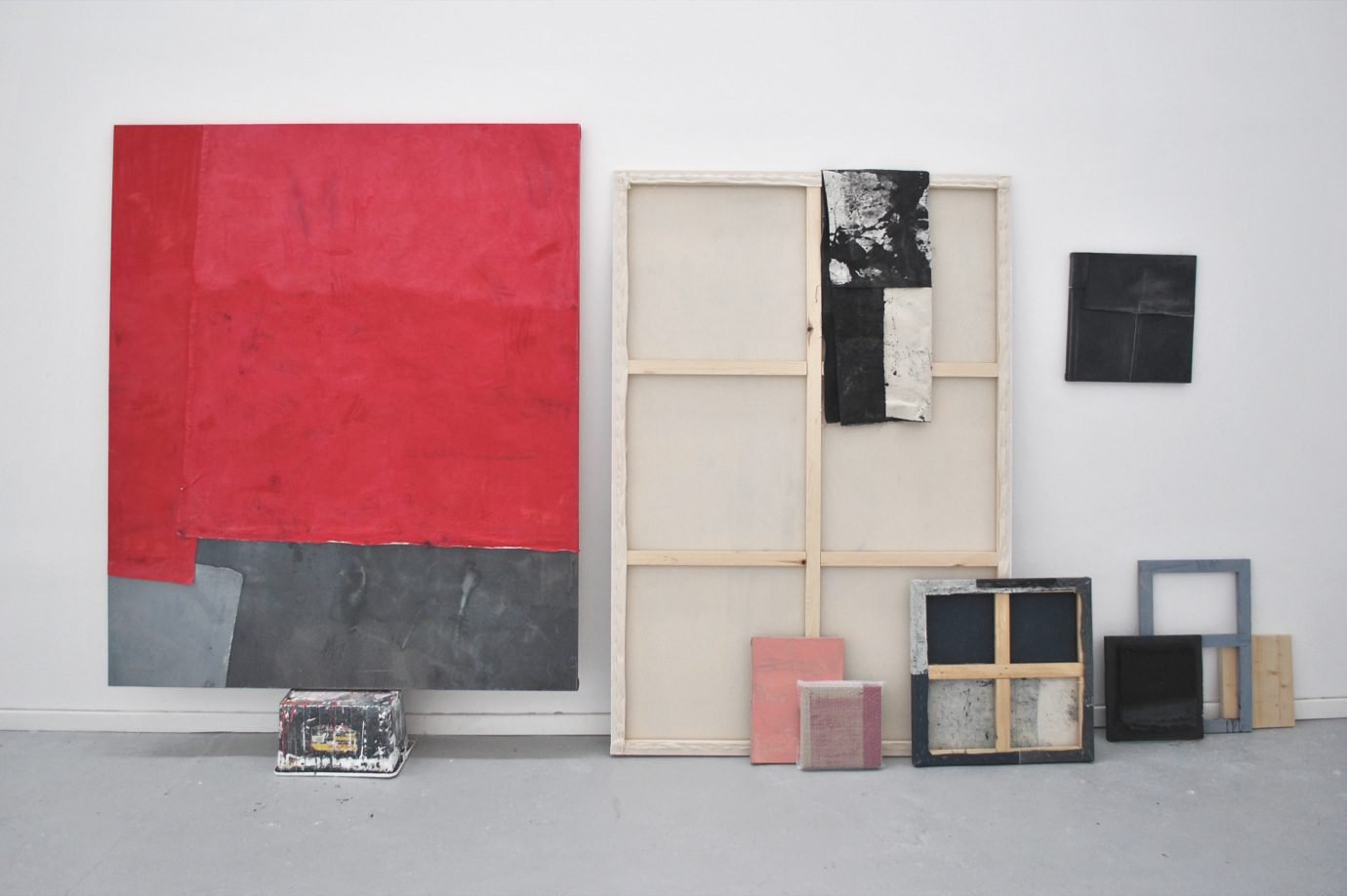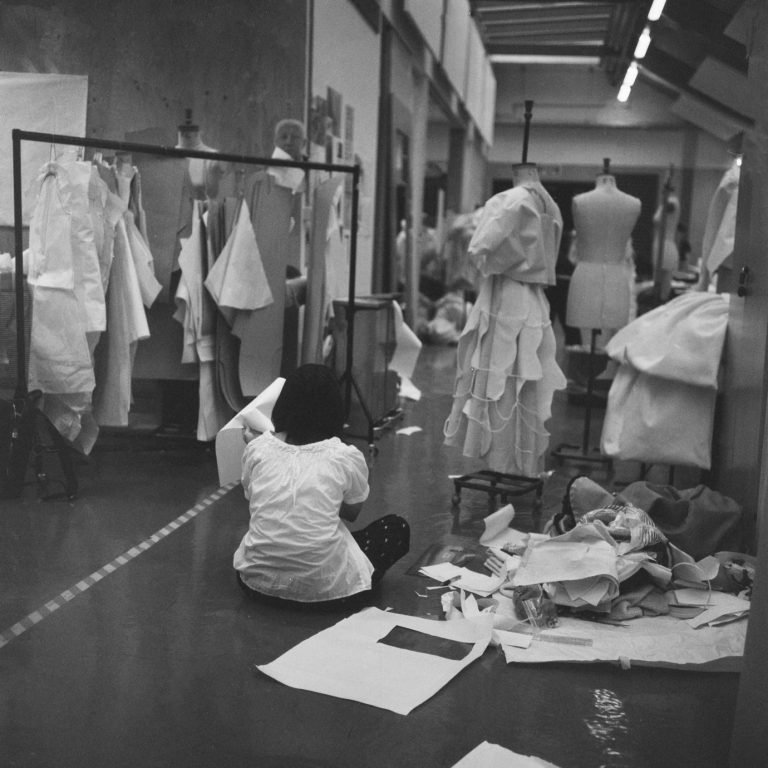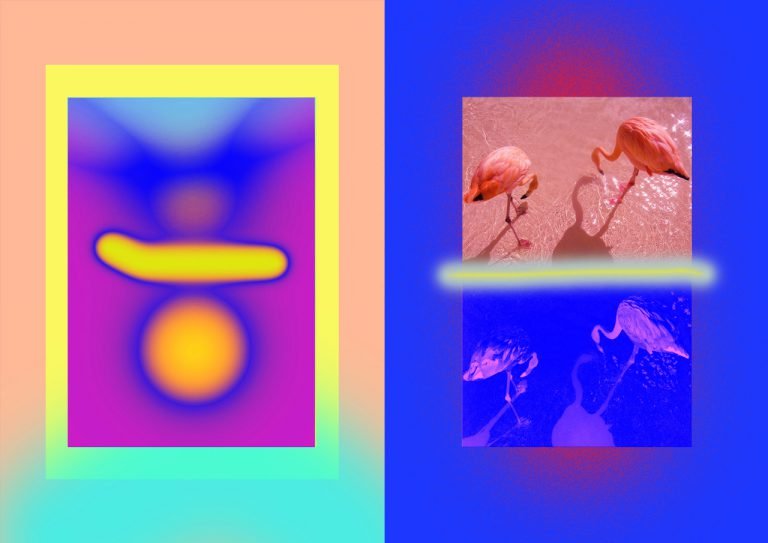Where does your primary inspiration come from?
My design world is driven to find the beautiful, ordered, and unpredictable moments of complexity in the study of the field of mathematics. The design concepts are based on the desire for aesthetic perfection in a controlled but chaotic system.
The approach to design at the RCA is very liberal and individual, with students being encouraged to create their own research. How did you do this, and how has it affected the way you interpret a concept?
One of the first questions our tutor at the RCA asked was: “Who are you and what are you about?” From day one we got questioned about our personality and identity, which helps a lot to define your own personal language and design world. We got pushed to create our own research and vision of our world. This approach in research gives your work a deeper and more personal meaning.
As a starting point of my final collection, I questioned if we are able to create the ‘perfect’ dress, silhouette and line with the help of science. So I started to look into theories such as the Golden Ratio Theory and the Chaos Theory. It led me to have many conversations with Maths and Physics students from the Imperial College London, as we questioned perfection and beauty and its meanings in science and art.
Since then I have stopped saying the word perfection. What does it even mean? Does perfection exist? No? If perfection doesn’t exist, does imperfection exist?
We focused the research on the Chaos Theory and its fragile system. You never know when the most ‘beautiful’ moment happens. Do we have to wait a year or is it happening in the next second? This moment might be the most ‘beautiful’ for me, but not for you. We started to create animations of graphs, which we drove towards ‘chaos’. The outcomes were an early starting point for my final collection.


